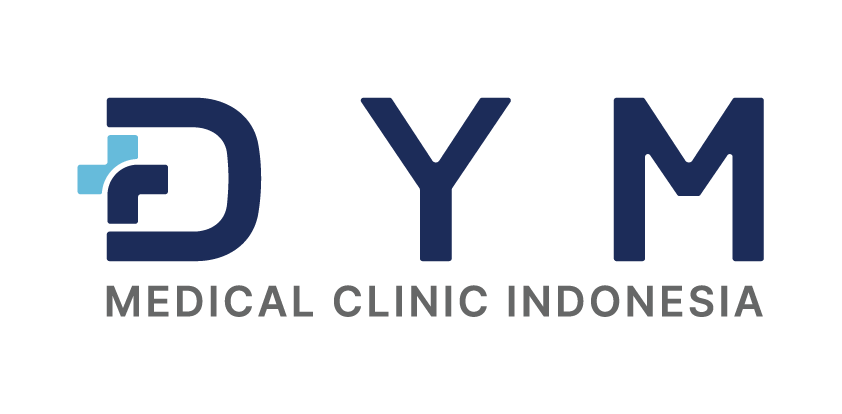Warts and calluses or corns have different causes.
Warts are caused by the human papillomavirus (HPV) infecting the skin through small cuts or abrasions. They appear as rough, raised lesions, often on the hands, fingers, or soles of the feet.
Calluses and Corns, on the other hand, are thickened layers of skin caused by repeated pressure or friction. They are made up of accumulated keratin on the skin’s surface and are common on areas subjected to pressure, such as the feet or hands.
Types of Viral Warts
Common Warts (Verruca Vulgaris)
The most common type, Typically found on hands and fingers. The surface is rough and hard.
Plantar Warts (Verruca Plantaris)
Found on the soles of the feet, can cause pain when walking due to their location.
Genital Warts (Condyloma Acuminatum)
A type of STD, that is caused by the human papillomavirus (HPV). This condition usually appears around the genital area along with a soft lump shaped like a wart.
Flat Warts (Verruca Plana)
A small and flat wart, usually appearing on the face or the forearms and most commonly found in younger individuals.
Filiform Warts
This type of wart usually appears on the neck and face, with a long and finger-like shape.
Treatment Methods for Warts
Cryotherapy (Liquid Nitrogen)
The treatment method for warts using liquid nitrogen to freeze the wart. This freezing process destroys the infected area, which in turn can help with healing.
During the treatment, patients may experience pain, but typically several visits to the doctor are required, usually with intervals of 1 to 2 weeks, for optimal results.
Laser Treatment
Using carbon dioxide (CO2) laser or dye laser to vaporize or burn the wart. This procedure is performed with local anesthesia to reduce pain. The therapy usually takes a short time and is highly effective for removing warts, especially in visible areas such as the face or neck.
Topical Medicine
Medications containing salicylic acid or lactic acid are applied to the wart to dissolve the hardened skin layers. This treatment can be done at home but may take a longer time to show results.
Surgical Removal
A treatment method where the wart is directly removed through a surgical procedure. This method is effective for treating large warts or warts that frequently recur. However, there is a possibility of leaving a scar.
Immune therapy
This treatment helps the body activate an immune response aimed at eliminating the virus causing the wart. Immunotherapy is generally considered to have a lower risk of recurrence.
Q&A About warts
Can warts be contagious?
Yes, because they are caused by a virus, warts can be contagious
Can warts heal on their own?
While it may take time, warts can heal on their own in some cases.
What should I do if my wart is painful?
It is recommended to consult a dermatologist.
Can warts recur after treatment?
Sometimes warts can recur after treatment, depending on the case.
Can warts be treated with over-the-counter medications?
Mild warts can be treated with over-the-counter medications.


 appointment
appointment  Access
Access
 +62 21 8665 6830
+62 21 8665 6830 


